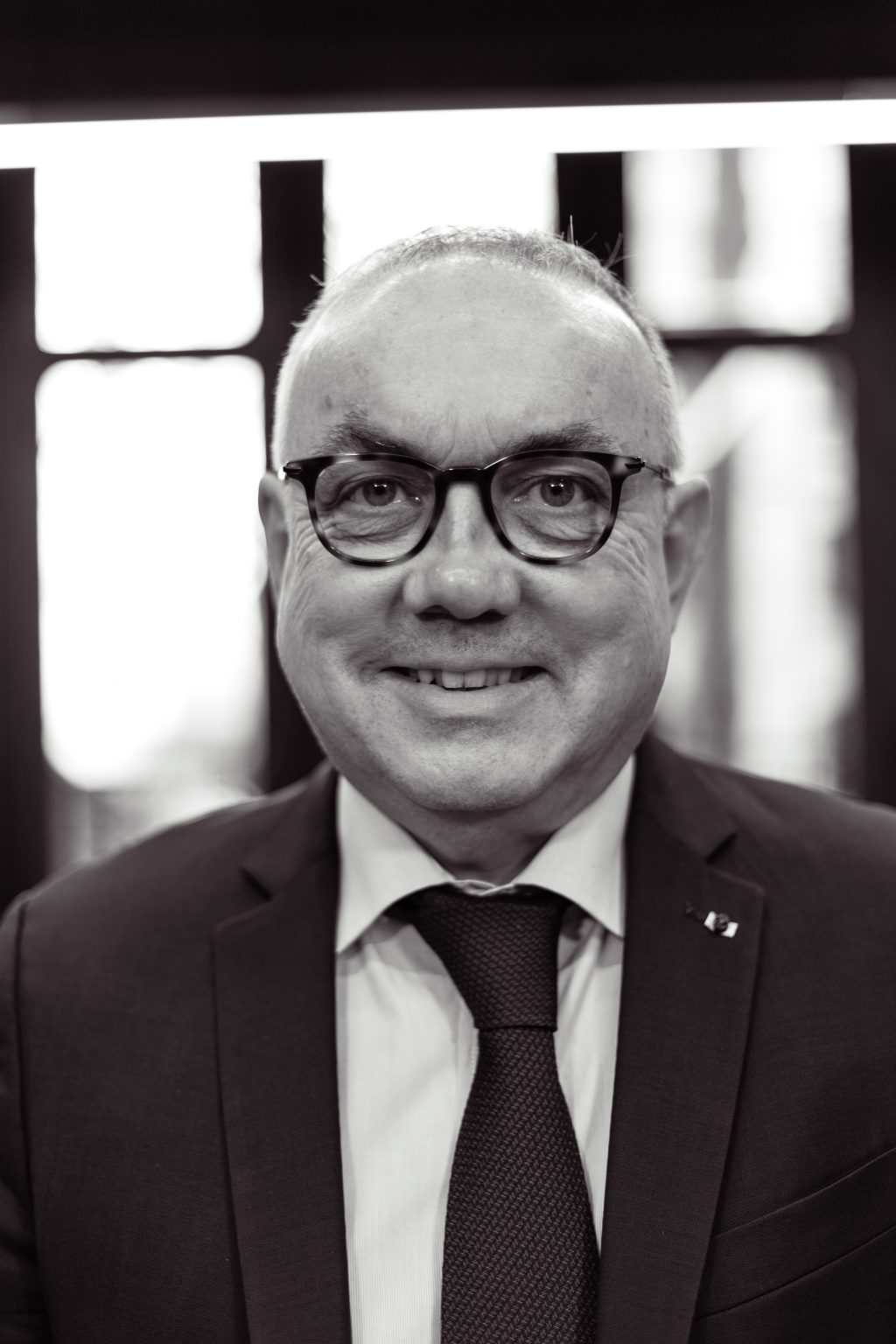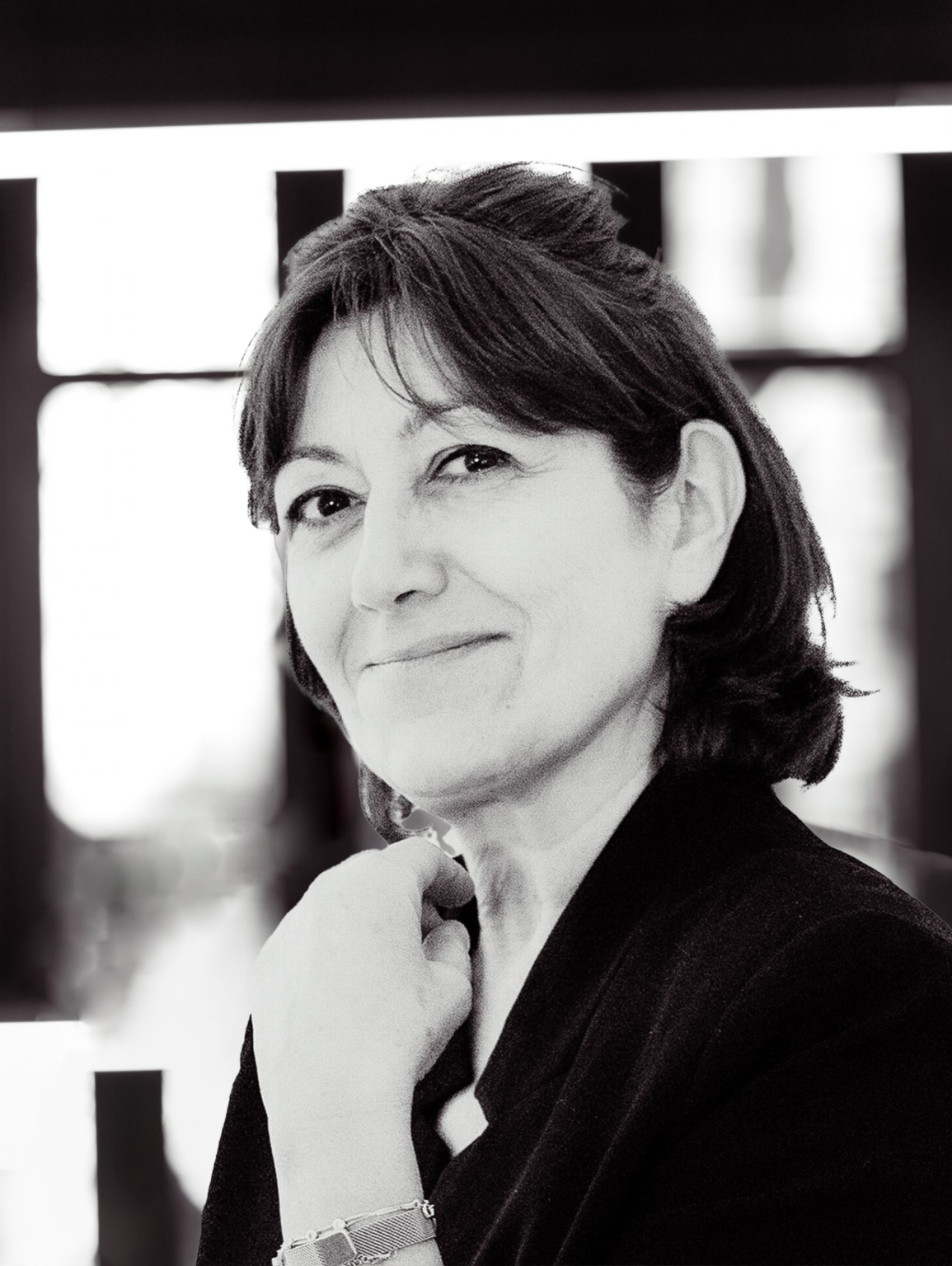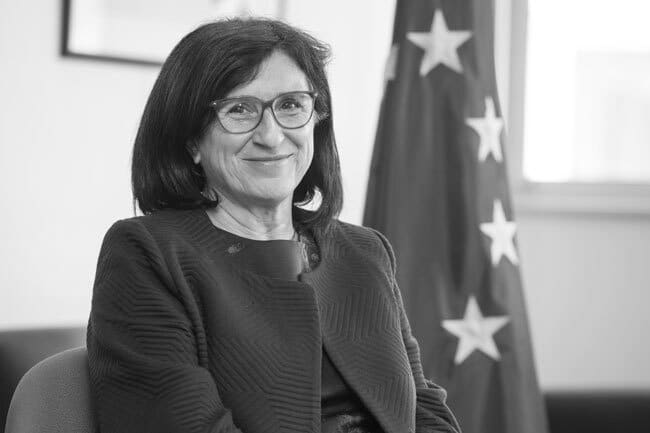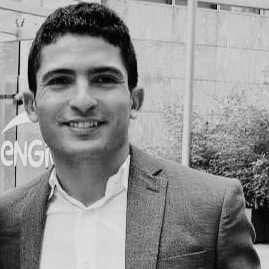Télécharger l’article en PDF On July 13, Alessandro Blasi, Special Advisor to the Executive Director of the International Energy Agency, discussed the energy transition of the European Union in an interview given to Confrontations Europe. Here is a transcription of the exchanges. How has the war in Ukraine impacted the energy transition at the EU level? What did it accelerate and hamper? Alessandro Blasi : The Russian invasion of Ukraine is a major game changer for the global energy market and the clean energy transition. The first reason is that key countries are involved in this conflict. The country that invaded another one, Russia namely, is not any country. Until February 2022, Russia was the number one oil and gas exporter of the world, so the epicentre of this conflict is a giant and heavyweight country. The second reason is that the war is happening in Europe and the energy
Ce contenu est réservé aux abonné(e)s. Vous souhaitez vous abonner ? Merci de cliquer sur le lien ci-après -> S'abonner












